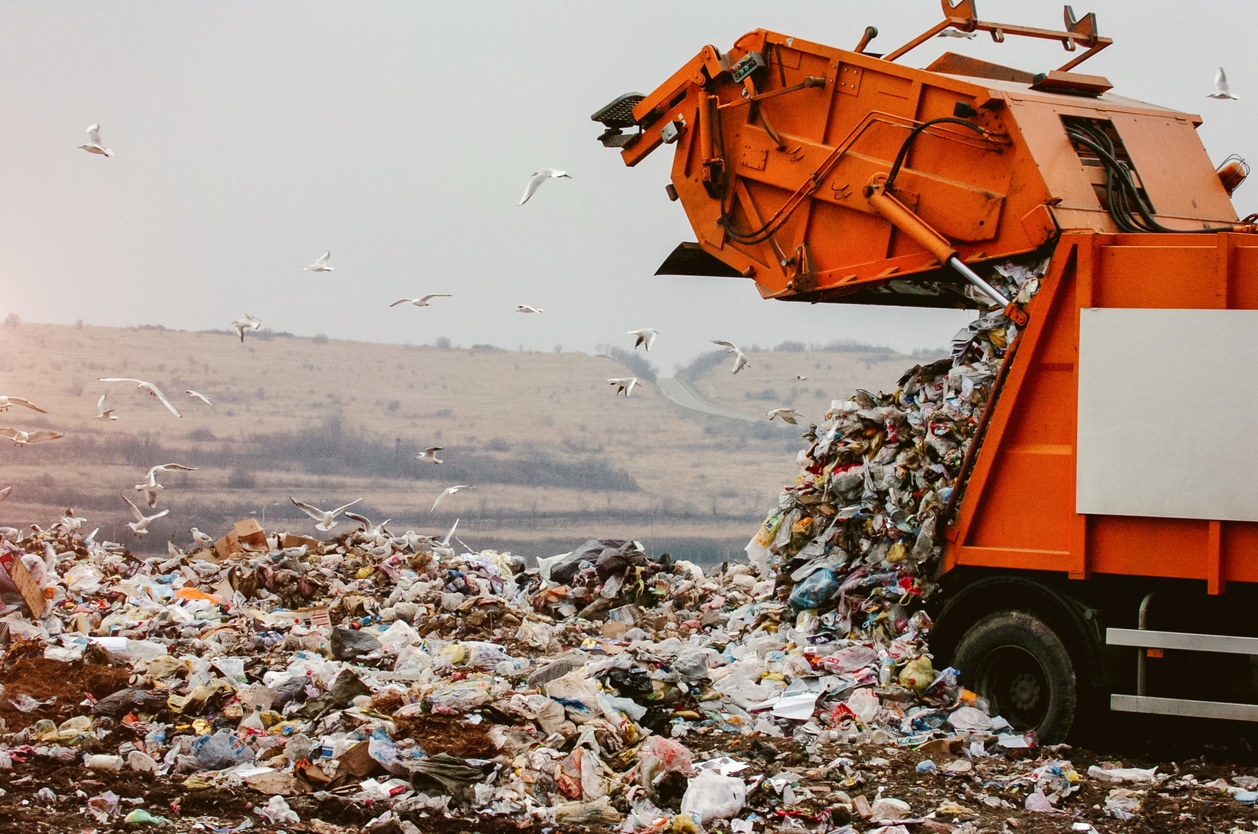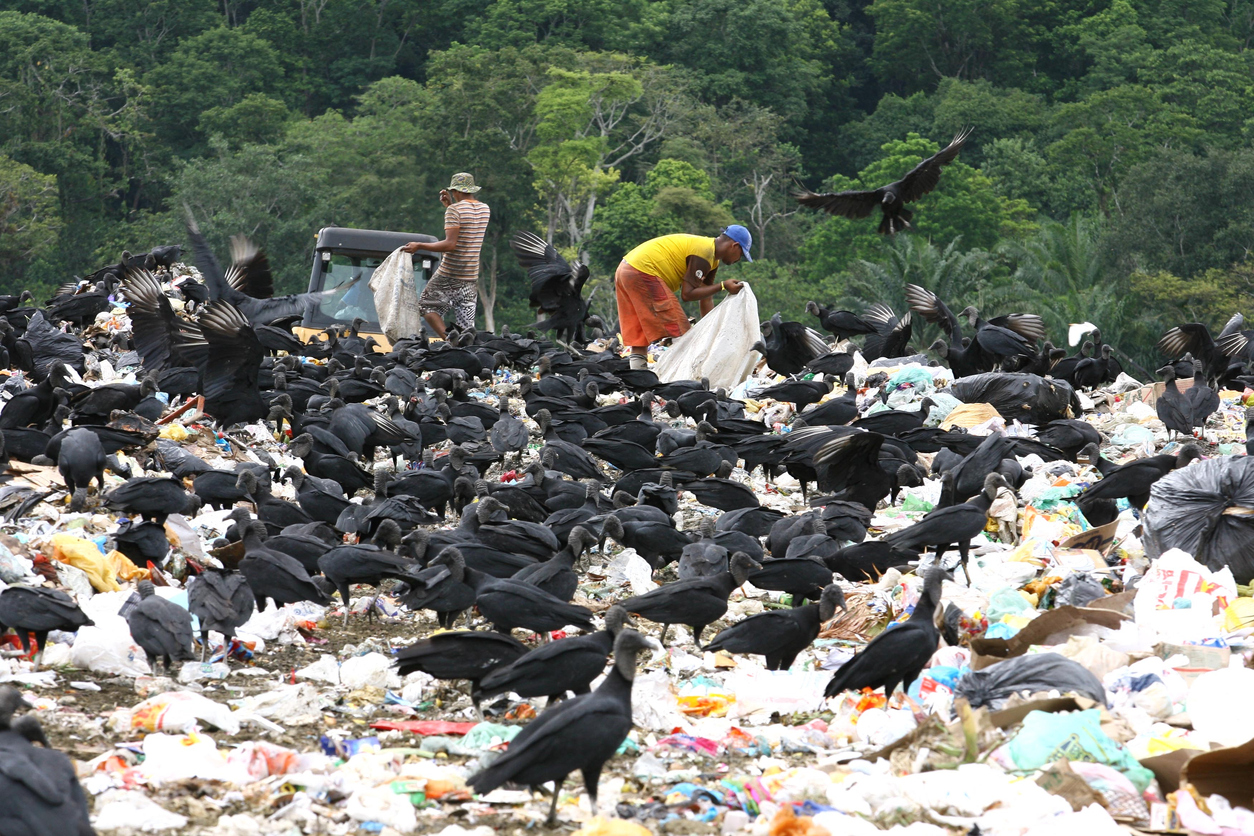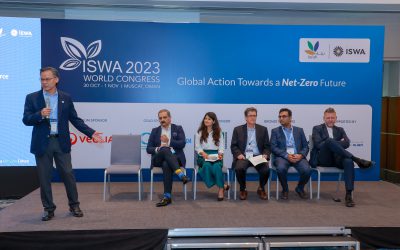The US national debt currently stands at just under $30 trillion, and the country owes around $400 million in interest on that debt. In New York City, there is a large billboard on the edge of Bryant Park, by the NYC public library with a “live” version of the US budget ledger. It’s ominous. Now, to be fair, the US has not seen a national surplus since 1835, and the country has done quite well since then in terms of industry and growth. So it begs the question: How important IS the national debt, when the country can seemingly succeed despite the scary numbers? And, perhaps there is a different debt-surplus calculation of which we should be keeping track in today’s world.
As world leaders convened at the UN Climate Change Conference – COP26 in Glasgow, UK, I believe there is a more important ledger that should be occupying billboards in major metropolitan areas. The issue of global sustainability is a much more acute challenge, and the world is currently building up an “international waste debt” (IWD) that might even prove impossible to overcome.
Unlike the US national debt, which can be eliminated through strong exports and relationships with foreign governments, the international waste debt (IWD) is unforgiving. Rotting organic waste accounts for 5% of greenhouse gases (GHGs) globally and is contributing significantly to global warming. In the long-term environmental balance sheet, we are leaving the planet in a worse state for our children than we received it.
Two billion tons of household and industrial waste are dumped annually. To give some measure, that’s similar in weight to 12 million blue whales – per year – a figure that is only set to rise. Yet, around half of the world’s population live without adequate waste management services. This blights the lives of many people living in low and middle income countries, where around 40% of solid waste is collected in contrast to around 98% in high-income countries.
The environment, and society in general, are paying a very heavy price for this accumulation of poorly managed waste. There are the environmental and health costs of air pollution, the impact of surface and groundwater contamination, the damage to coastal and marine environments to name a few. The people who shoulder the greatest amount of this cost are the ones who live nearest the sites – normally the most underprivileged in society – who often pay with their health. But, we all suffer the consequences
Effective waste management can reduce this unbearable burden on society and create new opportunities. We must implement technological solutions to transform waste into a resource. Indeed, landfill waste can become a limitless resource that can re-enter the supply chain if handled properly.
We are running out of time to make this change. Whereas national debt is something we have learned to live with, we do not have that luxury with IWD. Precedents exist for addressing this potential catastrophe, albeit at a more localized level. Take the example of Emission Trading Schemes (ETS), which create a market in emissions of carbon dioxide (CO) and other GHGs. The idea is that heavy polluters can buy the right to emit more from countries with lower emissions. These are often the countries who have invested heavily to meet their pledges under the Paris Agreement and are shifting their emphasis to the 3rs (reduce, reuse, recycle).
On the positive side, we are not starting from scratch. If we are to actively manage IWD, we will have to draw out the best from initiatives that already exist, such as the UN’s ‘Future we Want’ vision, which came out of the Rio De Janeiro conference in 2012 or the EPA Waste Reduction Model. But we need to ratchet up the stakes to make the issue tangible and actionable so that it becomes an international priority.
The key lies in building bridges between governments, municipalities and the private sector. This will drive innovation and incentivize reduction, collection, treatment and disposal projects, which can then scale up nationally and globally. Leaders have to direct their national industries to adopt the circular consumption model, which introduces strategies to reduce waste at the outset and ensure it is treated as a resource.
By recording, tracking and trading IWD we can build awareness of the enormity of the challenges we all face to achieve health and environmental sustainability. This awareness will drive action ultimately shaping national policies, and the behaviors of the creators, consumers and processors of waste.
Each year, governments around the world try to balance their national budget ledgers. Going forward they will have to balance their national waste ledgers. Only by doing so can we avoid a catastrophic waste deficit for future generations.
About the writer
Jack “Tato” Bigio, is co-founder and co-CEO of UBQ Materials, which has developed the world’s first bio-based material (UBQ™) made entirely of unsorted household waste. The company diverts municipal solid waste from landfills and converts it into a climate-positive, fully recyclable thermoplastic for manufacturing.





